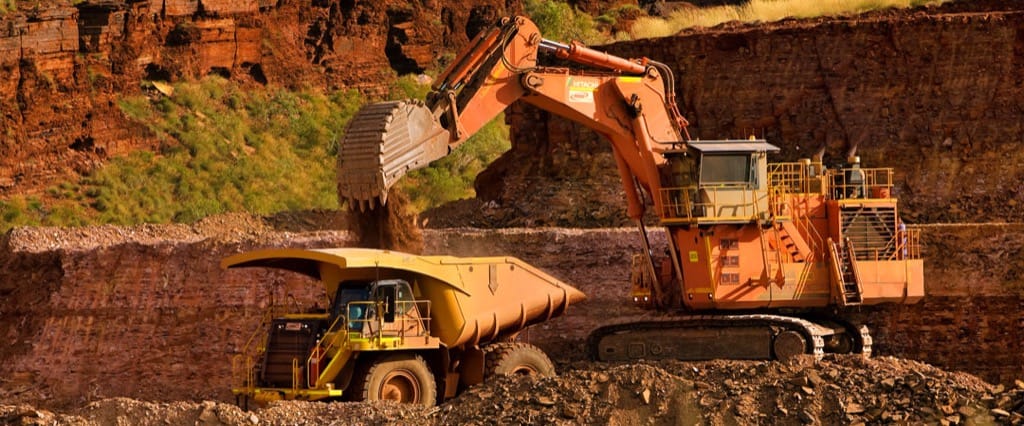
Mineral Exploration
Mineral exploration, a more rigorous and professional endeavor compared to mineral prospecting, involves searching for commercially viable mineral deposits suitable for mining. This process goes beyond mere prospecting, employing intensive, organized, and involved techniques often utilizing professional exploration services.
The initial phase of mining commences with the discovery and assessment of a mineral deposit. During this early exploration stage, geologists and surveyors play a pivotal role in conducting the preliminary study to assess the feasibility of a potential mining operation. Various prospecting methods are employed to explore and estimate mineral reserves, determining not only the type and form of mining required but also the profitability of the venture.
Ref: geology, geological exploration, geologist
Mineral Discovery
Once a mineral deposit of sufficient economic quality for mining is discovered, mining engineers are tasked with developing an efficient and effective mining plan. Mineral discoveries can stem from examining mineral maps, academic geological reports, local, state, and national geological surveys, or even word-of-mouth. The research process often includes sampling and analyzing sediments, soil, and drill cores, with soil sampling being a particularly popular exploration tool. Other common methods utilize satellite and airborne photographs, as well as airborne geophysical surveys, such as magnetometric and gamma-spectrometric mappings. Property owners may also play a significant role, especially if they are the original discoverers of the mineral deposit.
Mineral Determination
After locating a prospective mineral, mining geologists and engineers determine its properties, which may involve chemically analyzing the ore to ascertain its composition. Subsequently, they assess the ore quantity by determining the deposit’s extent and purity. This process includes drilling additional core samples to delineate the deposit boundaries and calculating the amount of valuable material present.
Feasibility Study
Following the mineral identification and reserve estimation, a feasibility study is conducted to assess the viability of extracting the mineral deposit. This study considers market conditions, such as mineral supply and demand, the ore volume required to extract a specific mineral quantity, and the associated operational costs. The pre-feasibility study helps determine the project’s profitability potential, paving the way for a more comprehensive deposit analysis. Once the ore body’s full extent is known and engineers have examined it, the feasibility study delves into various aspects, including initial capital investment, extraction methods, operational costs, estimated payback period, gross revenue, net profit margin, potential land resale value, reserve lifespan, full account value, investment in future projects, and contracts with property owners. Additionally, it considers environmental impacts, reclamation efforts, legal implications, and government permitting requirements. These analyses are crucial in deciding whether to proceed with mineral extraction or abandon the project, or even sell the reserve rights to a third party. Alternatively, the extraction decision may be postponed until market conditions become more favorable.
